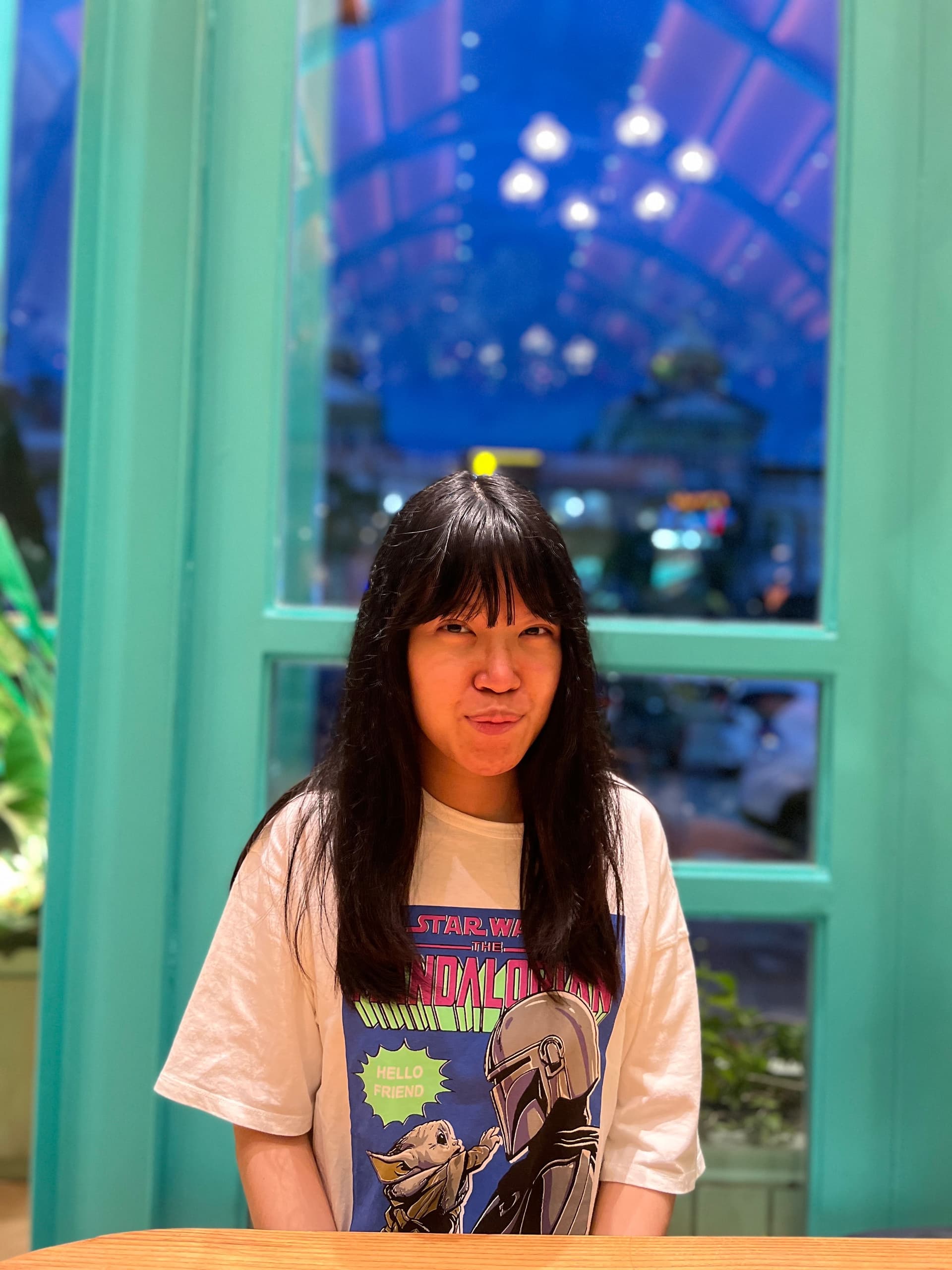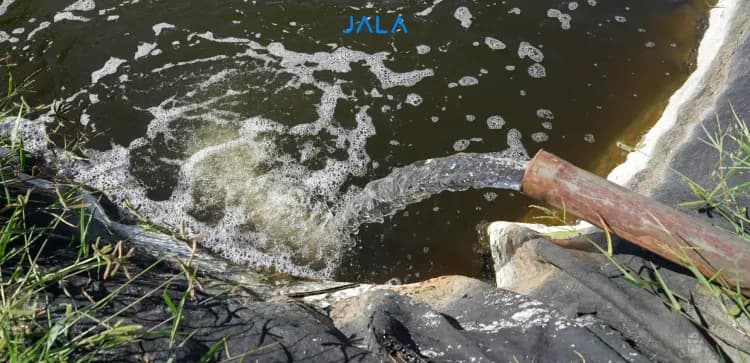
One crucial aspect of vannamei shrimp farming is weekly sampling. Sampling, which is done by observing several shrimp as a representative of the whole cultivation, is carried out to assess shrimp growth and condition as well as calculate their feed requirements. Unfortunately, many farmers are reluctant to perform sampling because they believe that it can lead to shrimp mortality and financial losses. What is the right way to conduct sampling to avoid such losses?
The importance of sampling
Through weekly sampling, farmers can:
Estimate shrimp size. Sampling is also useful for estimating shrimp size and growth rate. Size is a system for counting shrimp based on the number of shrimp per kilogram.
Understand shrimp conditions. Sampling helps detect any signs of disease or stress in shrimp. By identifying these issues through sampling, farmers can take early mitigation.
Why do shrimp get diseases or die after sampling?
Considering the numerous benefits of sampling, it is recommended that farmers do it regularly, ideally once a week. However, if shrimp gets diseases or even die after sampling, farmers should evaluate several factors, such as:
Dirty pond bottom. A dirty pond bottom can become a breeding ground for pathogenic bacteria that cause shrimp disease. Therefore, ensure that the pond bottom at the sampling point is level and clean. Avoid excessive stirring on the pond bottom during sampling.
Non-sterile nets. Non-sterile nets can serve as a medium for disease transmission to shrimp. Always sterilize nets prior to using them for sampling with disinfectants to kill any potential pathogens. Moreover, if the same net is used for multiple ponds, sterilize it before moving to the next pond.
Insufficient biosecurity measures. Most of the losses experienced by farmers can be attributed to poor biosecurity measures. Biosecurity involves preventing the entry and spread of disease-causing organisms in the shrimp farm environment, and it should be applied to all phases of cultivation, including sampling. Some biosecurity measures include siphoning the bottom of the pond, regular water quality monitoring, and ensuring the cleanliness of the farmers or staff performing sampling. Also, when sampling in a pond which is suspected to have any shrimp disease, sample the pond last, after all other ponds have been sampled. Don’t forget to sterilize the net when switching ponds.
Read more: The Application of Biosecurity in Shrimp Farms: Cleaning and Sterilization
Other important notes for sampling
When conducting sampling, ensure that the shrimp are not in the molting phase for more accurate results. Also, sampling is best performed when it is not too sunny, ideally 2-3 hours after feeding to make shrimp collection easier. Additionally, do not change the water or feed the shrimp before and during sampling.
Record your sampling data with JALA App
Easily input and monitor your sampling data with JALA App! By having clear and complete cultivation data, you can better understand the current condition of your pond and make better decisions for your cultivation. Download and register at JALA App for a more productive and sustainable cultivation.





